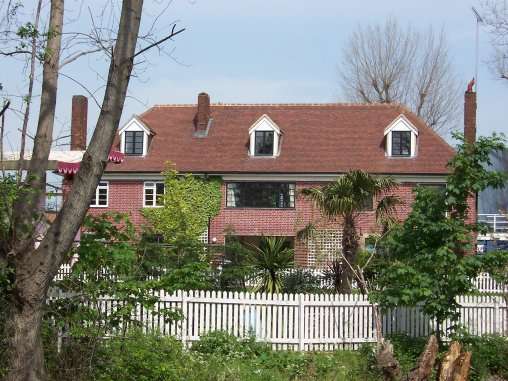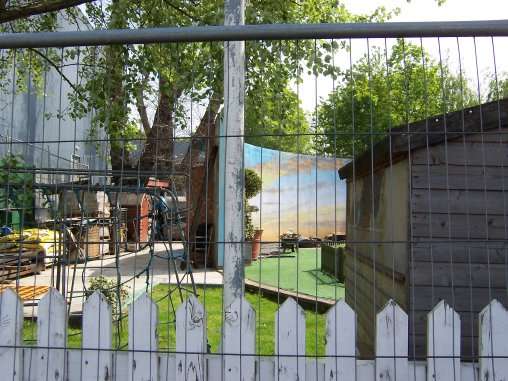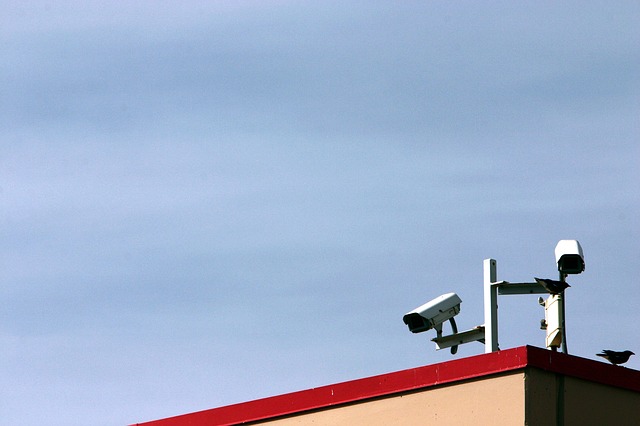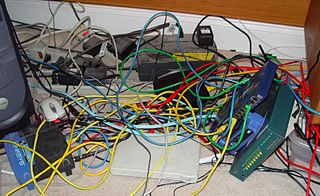All about the Big Breakfast
When Lock Keepers cottages turn into TV studios

The Big Breakfast first hit our TV screens on September 28th 1992 with a completely alternative style of breakfast show.
It was ground-breaking television. The Big Breakfast was to be beamed to us daily between 7am and 9am from Lock Keepers Cottages, Old Ford Lock, London.
Channel 4 had purchased these cottages which had stood disused for a long period of time and had significant amounts of graffiti and internal damage. These cottages were knocked into one and turned into broadcast studios.
The Format
Over the years the Big Breakfast saw a huge number of presenters and 5 different re-designs of the house ranging from original brick work, 1920’s Art Deco style, painted yellow, painted orange through to a painted brick style.
It was intended to be the antedote to what was perceived to be ‘stuffy’ Breakfast television; there were competitions, mayhem, probing celebrity interviews, accidents… and Zig and Zag.
Big Breakfast in it’s prime carried out roadshows across the country (‘Eggs on Legs’) and was pulling in a phenomenal share of viewers. Right at the start, the Big Breakfast increased Channel 4’s viewing figures in that timeslot by 600%.
The downfall
By 2001, Channel 4 were suffering poor ratings with Big Breakfast. The barrage of presenter changes had left the show with a very low number of viewers, so it was decided that the show would be axed. However in the months leading up to the show finishing the ratings actually went up, but it was too late to change their minds.
The final transmission from Lock Keepers Cottages was on Friday the 29th March 2002 and was filled with nostalgic memories from the past and “BB Gold” - the moments everyone loved.
Bizarrely a ‘Best of Big Breakfast’ VHS was released around the time which is sadly no longer available to purchase, but you can enjoy it thanks to YouTube:
So what of Lock Keepers Cottages now?
In November of 2002 a fire caused by a suspected arson attack broke out at the cottages and destroyed the roof and most of the first floor.
The cottages were put up for sale and were purchased by a private buyer and turned into a family home. Despite this high fencing was added around the perimeter and the Sunburst wall (and swimming pool) continue to live on at the rear of the property.

The property was originally scheduled to form part of the Compulsory Purchase Order of land for use by the London 2012 Olympics but it was latterly excluded and remains standing to this day.


